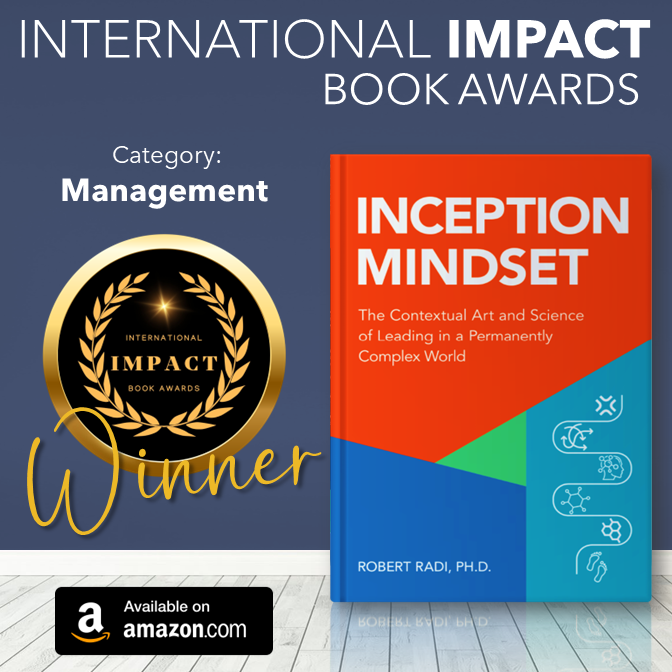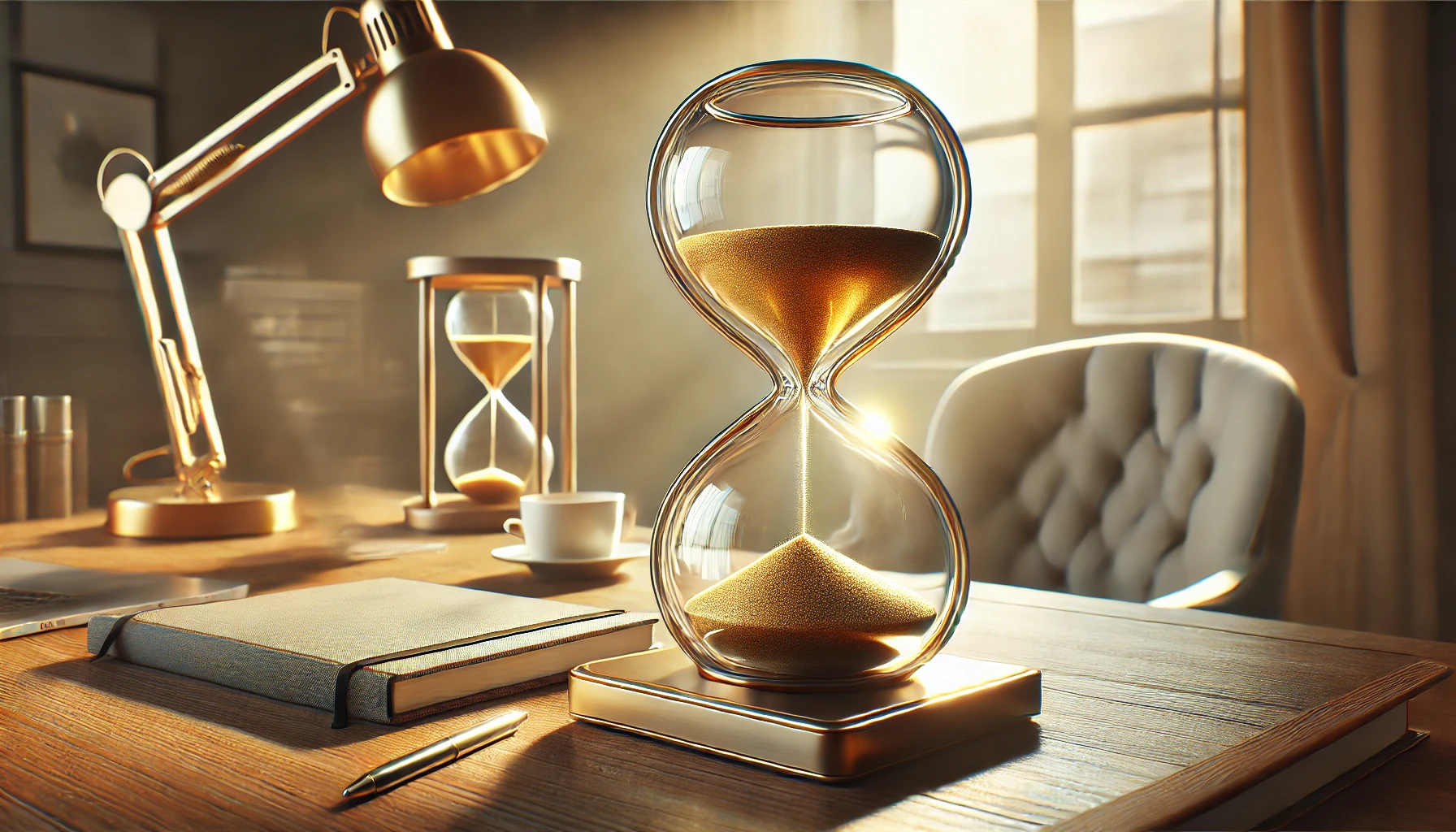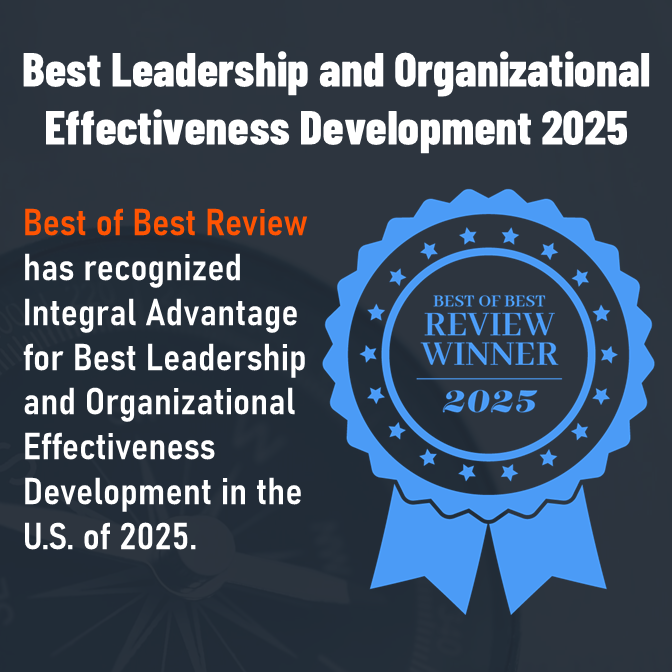
SPRING 2025 | By Dr. Robert Radi
Award-winning author and innovation strategist. President and Partner at Integral Advantage®, an IACET-accredited organization committed to cultivating leadership and strategic organizational capacity across private and public sector entities. You can follow him on LinkedIn.
You Can Listen to the Article
Introduction: The Gift of Conscious Procrastination
In 2021, I wrote an article posing the following provocative question: Can we find innovation in procrastination? To answer that central question, I first introduced the PISA Effect framework: Plan, Innovate, Schedule, Act. Fast-forward to the present day, the PISA Effect framework is more salient than ever. Yet, it needs to be revisited and revised to reflect the shifting social structures, technological upheavals, and new insights from behavioral science reshaping how we view procrastination. We often discount procrastination as a personal defect or lack of discipline. Yet I saw something overlooked.
When consciously and intentionally directed, it can become a creative pause—a gateway to reflection, meaning-making, innovation, and meaningful action. So, in 2025, I am posing the following question: If we consciously recognize that we are procrastinating, then what? We may realize that the tried and proven methods of the past are no longer effective, and most certainly not creative, engaging or productive.
Let us revisit the PISA Effect, not as a prescriptive process but as a dynamic strategy for thriving in contextualized complexity by reframing the PISA Effect as Parsing, Innovating, Sequencing, and Acting.
The New Complexity of Procrastination
Procrastination cannot be simmered down to a time-management issue. It is a multifaceted intrapersonal dynamic influenced by psychology, behavior, and societal conditioning. Recent studies elucidated some of its deeper catalysts:
Anxiety and Perfectionism: Fear of failure and pursuing perfection often leads to avoidance. Tasks become paralyzing when we focus on potential pitfalls rather than opportunities to learn and grow. This becomes an all-or-nothing proposition, especially when dealing with a complex issue.
Decision Fatigue: In a world inundated with choices, deciding where to focus can feel overwhelming. Pushing decisions to “later” becomes a temporary escape but often incurs long-term costs. The proverbial “kicking the can down the road” is a form of avoidance, but it can also be an abdication of responsibility or, worse, fiduciary duty.
Cognitive Overload: The sheer volume of information and content we encounter daily is daunting. Imagine trying to drink from the proverbial firehose. Need an example? How many emails are in your inbox right now? Enough said.
Yet, conscious procrastination has its merits. When reframed as intentional rather than accidental, it can be a purposeful pause that offers clarity and creative breakthroughs. It is about consciously recognizing that we are procrastinating and entering a space of meaning-making. This is where the PISA Effect comes into play, transforming procrastination into a productive force.
The PISA Effect: Parsing, Innovating, Sequencing, and Acting
Once we admit to ourselves that we are procrastinating, the PISA Effect provides a semi-structured and quasi-organic approach to convert procrastination from an obstacle into an advantage:
1. Parsing: Finding Order in Complex Tasks
This dimension is not about achieving perfection but about gaining clarity. Procrastination often arises from ambiguity, where tasks feel too big, vague, or daunting. Breaking them into manageable steps mitigates these barriers.
A line of inquiry could be: What aspects can I address first? How can I sequence the portions I am least enthused about? How can I discern what must be done versus what I want to do?
Behavioral research underscores the power of “chunking”—dividing tasks into smaller, actionable parts. For instance, when writing a daunting report, start with an outline. Draft the introduction today and gather data tomorrow. This approach reduces stress, fosters momentum, and builds confidence.

Inception Mindset is an open invitation for introspective discovery and strategic actions. Available in print, eBook, and audiobook formats. Hint: This book has nothing to do with a fictional movie, and everything to do with emerging new realities and points of inception. Get your copy here!
2. Innovating: Transforming Resistance into Creativity
Resistance often underlies procrastination, signaling an aversion to specific tasks. Instead of battling this resistance, the PISA Effect channels it into innovation. Can we transform the aspects we don’t like into engaging microtasks?
Research on “creative incubation,” illustrated in my book Inception Mindset, shows that stepping away from a task allows subconscious problem-solving. For example, a designer grappling with a challenging project might take a walk, explore unrelated inspirations, or run small experiments. These pauses can turn resistance into opportunity, sparking creative breakthroughs.
3. Sequencing: Structuring Complex Tasks
Sequencing bridges intention and action, carving out dedicated time and space for focused effort. This is about sequencing a process that works for us. We have different thinking profiles, and the way we approach the Neuroscience highlights “time-blocking” as a powerful tool against procrastination. Assigning specific tasks to set times reduces decision fatigue and boosts focus. A busy manager, for example, might dedicate 30 minutes each morning to long-term goals before the day’s whirlwind begins. Consistent rituals like this ensure steady progress.
4. Acting: The Power of Small but Intentional Steps
Action is the antidote to procrastination, but it doesn’t have to be monumental. Often, the tiniest step can break the inertia. Studies on “micro-commitments” show that initiating with low-pressure actions—jotting down ideas or opening a document—builds momentum. For a writer struggling to start a novel, committing to a single sentence can lead to paragraphs, then pages.
Procrastination in Context: A Changing World
The Role of Technology
In 2021, terms like “ChatGPT” were unfamiliar to most. Today, while technology offers tools to combat procrastination—AI-powered task managers and focus apps—it also amplifies distractions. Managing notifications and finding a balance between utility and overuse is crucial.
The Influence of Society
Remote work and blurred boundaries between personal and professional life have complicated procrastination. Starting and stopping tasks becomes harder without clear transitions, like commuting or office hours. Personal rituals—such as midday walks or “shutdown alarms”—can restore structure.
The Complexity of Choice
In our interconnected world, every task competes with endless alternatives. Behavioral scientists term this the “paradox of choice”—too many options can paralyze decision-making. The PISA Effect narrows focus to the immediate next step, mitigating overwhelm.
The Contextual PISA Effect
For individuals, the PISA Effect provides a pathway to clarity and purpose. It recognizes that even the smallest step—planning a single task, seeking a moment of focus, or taking a creative pause—can lead to extraordinary progress. It’s a reminder that when guided with intention, procrastination can lead us toward our best ideas and most meaningful work.
Harnessing the PISA Effect for Purpose and Progress
As we revisit the PISA Effect, we can conclude that it is not just a paradigm; it’s an acknowledgment that things don’t always move in one direction. It reminds us to treat procrastination as something we are intrigued by and compassionate about rather than as a failing. With this approach, we can transform moments of hesitation into opportunities for reflection, improvement, and value creation.
So, next time you delay something, take a breather. Rather than resisting the urge, follow it. Use the PISA Effect to organize your actions for the next step, inspire creativity, orient your efforts, and take deliberate action. For yourself, your team, or your company, the PISA Effect enables you to turn fear into action and survive in an age of permanent complexity.
2025 © Integral Advantage®
END OF ARTICLE
We trust you enjoyed this thought-provoking article. Subscribe below to be notified of future articles. Please feel free to share it on your favorite social media platforms.
For more articles like this, click here to visit the article section. Thank you!
Bibliography
Jochmann, A., Gusy, B., Lesener, T., et al. (2024). Procrastination, depression, and anxiety symptoms in university students: A three-wave longitudinal study on the mediating role of perceived stress. BMC Psychology, 12(276). https://doi.org/10.1186/s40359-024-01761-2
Radi, R. (2021). The PISA Effect: Can you find innovation in procrastination? Integral Advantage® Publishing.
Radi, R. (2023). Inception mindset: The art and science of leading in a permanently complex world. LHH Publishing.
Kashiwakura, S., & Hiraki, K. (2024). Future optimism group based on the chronological stress view is less likely to be severe procrastinators. Scientific Reports, 14(1). https://doi.org/10.1038/s41598-024-61277-y
Schwartz, B. (2004). The paradox of choice: Why more is less. Harper Perennial.
Talker Research. (2024, September 4). Majority of Americans admit to procrastinating—and this is what they do to waste time: Poll. New York Post. Retrieved from https://nypost.com/2024/09/04/lifestyle/majority-of-americans-admit-to-procrastinating-and-this-is-what-they-do-to-waste-time-poll/.
Winter, J. (2024, September 3). Can colleges do without deadlines? The New Yorker. Retrieved from https://www.newyorker.com/news/annals-of-education/can-colleges-do-without-deadlines


